We explore the Minoan civilization, and explain how it originated and developed. In addition, we describe its palaces, and discuss the origin of the myth of the Minotaur.
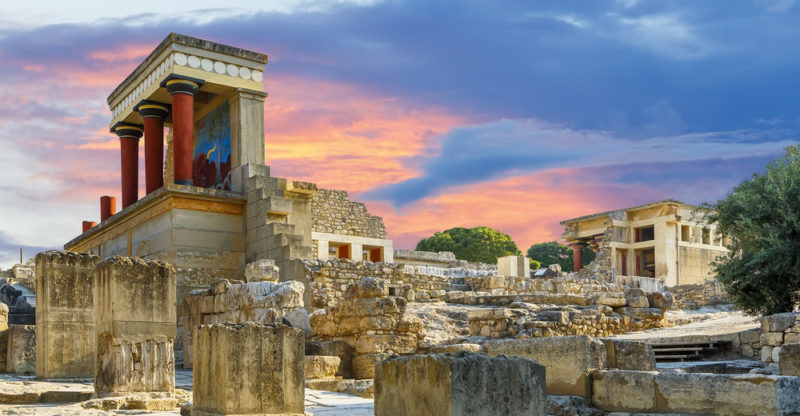
What was the Minoan civilization?
The Minoan civilization, or ancient civilization of Crete, is considered a cultural precursor of Ancient Greece. It flourished on the island of Crete, in the south of Greece, during the Bronze Age between 3000 and 1100 BC.
At its height, the Minoan civilization came to be known for its commercial and naval power. The island of Crete was regarded as the main political and cultural center of the Aegean Sea, being situated at a strategic geographical location connected to Europe, Asia, and Africa.
The Minoan civilization was also noted for the artistry of its ceramics and murals, as well as for its architecture, which featured palaces like the one in Knossos. Minoan structures and crafts have been the object of study by archaeologists and scholars to understand the history and characteristics of the Minoan civilization, since the written records of this culture have yet to be deciphered.
- See also: Roman Empire
History of the Minoan civilization
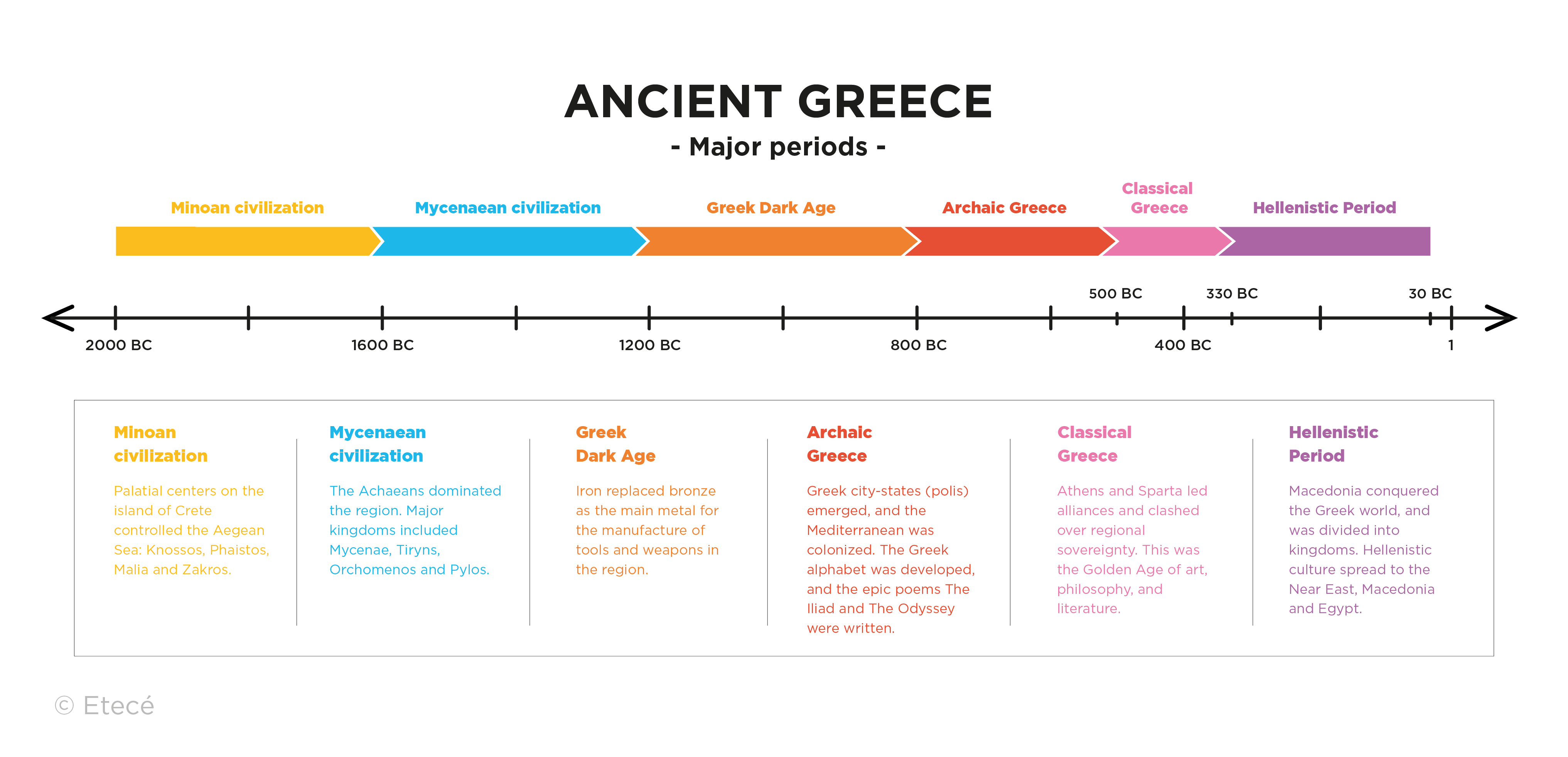
Between 3000 and 2000 BC, the Minoans grouped into small communities establishing the earliest villages. Some of these peoples are believed to have arrived in Crete from other regions. While records of settlements predating this period exist, scholars have not been able to identify a common culture.
Since the writings of this civilization have not been deciphered, archaeologists have established a historical periodization based on the study of the ceramics and artifacts that have been discovered. According to this evidence, three major periods of Minoan history are usually identified:
- Prepalatial period (2800-2000 BC). This period marked the beginning of the consolidation of Minoan culture, characterized by urban growth and a people engaged in agriculture, hunting, and forestry. Over time, the island's privileged geographical location and the lack of certain resources drove this culture to develop navigation and trade. Knowledge in metalworking as well as in other materials led the Minoans to trade their products with other Aegean islands, Anatolia, Syria, and Egypt.
- Protopalatial period (2000-1700 BC). Continuous commercial and artistic development along with population growth in Crete ushered in a new period, characterized by the construction of palaces as the center of Cretan economic and social life. These large structures featured internal courtyards and storage rooms.
- Neopalatial period (1700-1450 BC). During this period, a series of natural disasters destroyed the palaces of the previous period, which were eventually rebuilt. The new palaces and structures were even more dazzling than their predecessors, due to Crete's economic growth fueled by commercial expansion and the development of metalworking and ceramics.
- Postpalatial period (1450-1100 BC). Some scholars believe that the eruptions of the volcano on the island of Thera (modern-day Santorini) marked the end of Crete's autonomy and cultural independence. Volcanic ash covered vast areas of Crete, rendering lands infertile. This led to a decline in the Minoan naval fleet and commercial power. Furthermore, during this period of political weakening, Crete was conquered by the Achaeans and brought under the rule of a Mycenaean dynasty.
Minoan culture
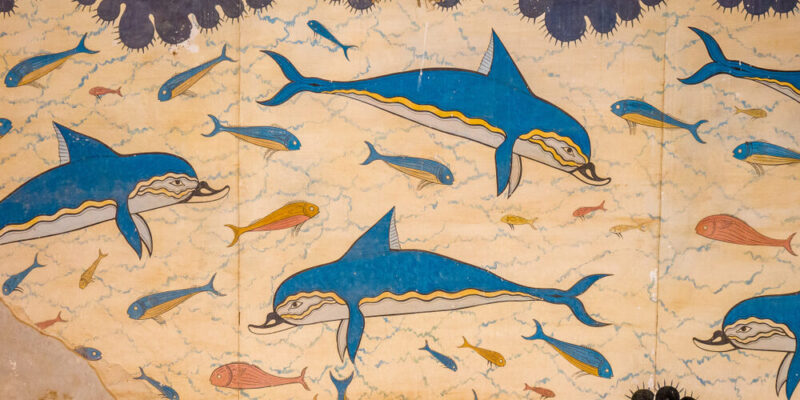
Art, architecture, and craftsmanship
Much of the evidence we have today of the Minoan civilization has come from studying their ceramics. British archaeologist Arthur Evans dedicated much of his career to the study of this culture, which made it possible to understand Minoan legacy including metalwork, ceramics, and architecture.
- Art. The walls of Minoan palaces were adorned with murals. The main motifs were drawn from nature, aiming to create a serene atmosphere and transform the palace into a space of beauty.
- Metalwork. This civilization demonstrated exceptional skill in metalworking, crafting gold, bronze, and copper jewelry.
- Architecture. Minoan culture was known for its luxurious and grand palaces, such as those of Knossos and Phaistos. These large structures were characterized by columns, courtyards, a large number rooms, and the absence of fortifications. The interior spaces were decorated with bright-colored frescoes depicting landscapes and figures.
- Ceramics. This art form provided much of the facts we know today of the Minoan civilization. These people had extensive knowledge of ceramics, crafting vases, amphorae, and cups. They drew and painted marine animals and geometric patterns as decoration, using colors like yellow, red, white, brown, orange, and pink.
- Writing. Minoan culture developed a writing system that evolved in three stages. Initially, it consisted of hieroglyphs resembling those of the Egyptians, with subsequent writings revealing Linear A and Linear B script. These written records remain undeciphered.
The Myth of the Minotaur
The myth of the Minotaur is one of Crete's most emblematic myths. According to the legend, Minos, Sarpedon, and Rhadamanthys were the three sons of King Asterion. Upon Asterion's death, Minos told his brothers it was the will of the gods for him to rule over the entire palace. To prove it, he assured them that the gods would fulfill any of his requests. Minos then asked Poseidon, the god of the sea, to bring forth a bull from the ocean, and promised to sacrifice it in his name.
Poseidon granted his wish, but upon seeing the beauty of the white bull, Minos decided not to kill it. Instead, he hid the bull in his herd, offering another one to the sea god in its place. Realizing the deceit, Poseidon punished Minos by making Pasiphae, Minos' wife, fall in love with the bull and conceive the Minotaur: a man with a bull's head that fed on human flesh.
Minos had a labyrinth built in order to imprison the Minotaur, as it caused disturbances in the town. He decreed that every year, fourteen young Athenians (drawn from disputes with Crete) were to be sacrificed to feed the creature.
Theseus, a young Athenian, volunteered as a sacrificial youth. With the help of Ariadne, Minos' daughter, who had fallen in love with him, he managed to kill the Minotaur and escape the labyrinth alive.
Minoan palaces
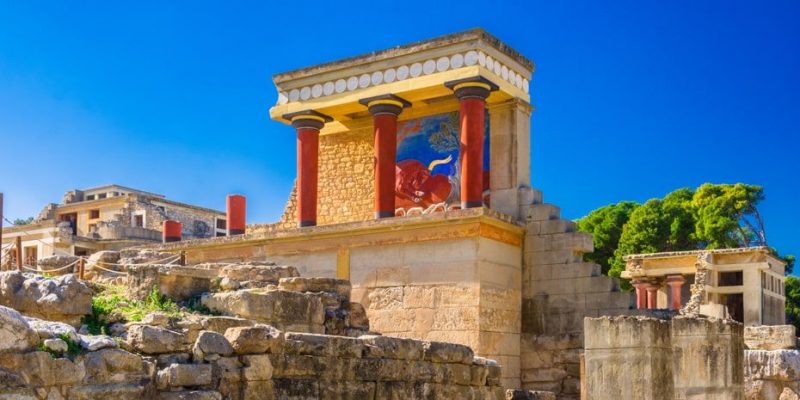
Around 2000 BC, large cities were established in Crete featuring grand palaces and magnificent mansions. Each palace functioned as an autonomous structure from which the distribution and storage of food, as well as the political and religious life of each territory, was managed.
Palaces across Crete shared similar characteristics. Many included storage areas, kitchens, workshops, shrines, and theaters. They had no walls surrounding them, and featured internal courtyards, workshops (where many of the items for trade were crafted), columns, and frescoes adorning the walls.
Around 1700 BC, some of these palaces were destroyed likely due to natural disasters, but were eventually rebuilt.
The most notable palaces from this period were:
- Palace of Knossos. The most monumental palace in recorded history, it was located a few miles from Heraklion, the capital of the island. It was discovered in 1878, with excavations led by Arthur Evans.
- Palace of Phaistos. Situated in the southwest of the island, 31 miles (50 km) from Heraklion, it is the second largest palace. It features courtyards, workshops, and temples, with excavations directed by Italian archaeologist Federico Halbherr.
- Palace of Malia. The third most important palace discovered, it is located in the northern part of Crete. The structure was built around a central courtyard and, like the palaces of Knossos and Phaistos, was destroyed and later rebuilt.
- Palace of Zakros. Located on the eastern coast of Crete, this palace stood out for its commercial and military significance. It is smaller than the other palaces that have been discovered.
Minoan religion
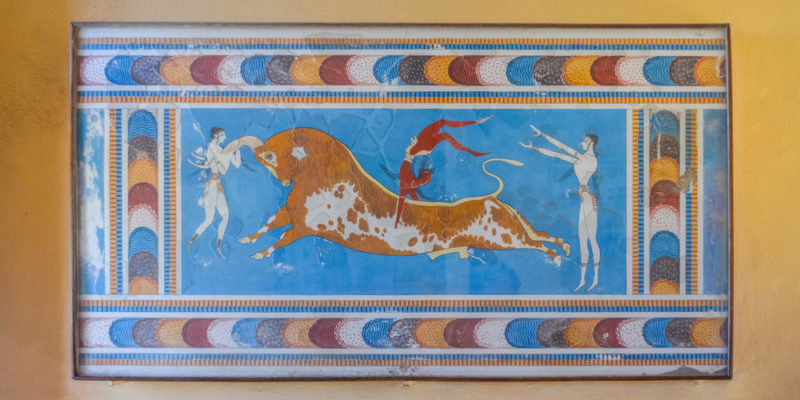
Like other ancient civilizations, the Minoans were polytheistic. They worshiped several gods and were naturalistic, meaning their gods came from or were related to nature.
They worshiped the mother goddess of nature, a symbol of fertility, characterized as a female figure often accompanied by animals like snakes and birds.
Everything that has come down to us about Minoan religion has been through their objects, art, and structures. Minoans are believed to have worshiped their gods both privately and publicly, performing offerings that included dances, processions, and animal sacrifice rituals.
The figure of the bull held great significance for this civilization, symbolizing life and strength. Many religious ceremonies included a bull-leaping game, where an acrobat provoked a bull and then leaped over it.
Minoan society
In Minoan society there was a privileged minority associated with palace courts. Archaeological evidence suggests that this minority enjoyed a high quality of life linked to luxury and wealth. Around the palatial centers, other family groups lived in two or three-story buildings, likely engaging in administrative and commercial affairs.
The majority of the free population consisted of farmers living in rural villages. Minoan society had slaves, most of whom belonged to the palace courts.
Minoan economy and politics
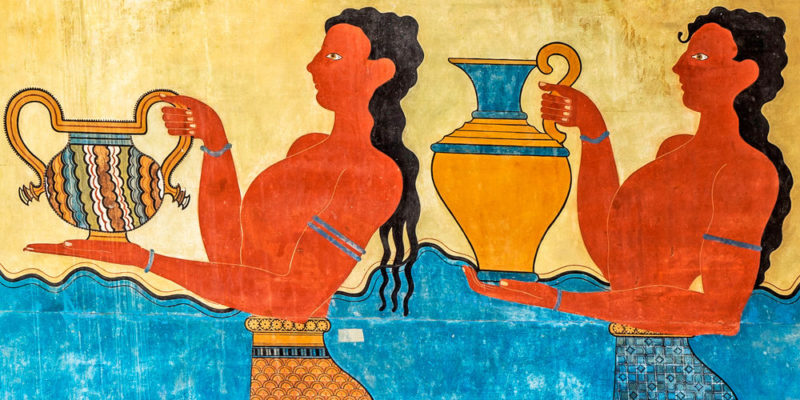
Minoan economy was based on maritime trade. Its proximity to the Nile Delta allowed the Minoans to have important cultural and commercial exchanges with Egypt, Cyprus, Syria, Sicily, Asia Minor, and all of Greece.
Crete had a highly developed craft manufacture, exporting pottery, textiles, and metal tools. Agriculture and livestock farming were also important, with export products including olive oil, wine, olives, wool, and wheat. In turn, Crete imported metals such as gold, copper, and silver from other territories.
While the size and structure of the palace at Knossos gave it notable superiority over others, there was no political unity governing the entire Minoan civilization. The political, social, religious and economic life of the towns revolved around nearby palaces.
Explore next:
References
- Pomeroy, S., Burstein, S. M., Donlan, W., & Tolbert, J. (2003). La Grecia primitiva y la Edad de Bronca. Antigua Grecia. Editorial Crítica.
- Fernández Nieto, F. J. (2005). Las civilizaciones prehelénicas y el mundo micénico. Historia antigua de Grecia y Roma. Tirant lo Blanch.
- “Minoan palatial centres” in https://whc.unesco.org/.
- “Knossos: palatial centre of minoan Crete” in https://erenow.net/.
- “Malia” in http://www.minoancrete.com/.
- “Crete” in https://www.britannica.com/.
- “Las claves de la cultura minoica” in https://eacnur.org/.
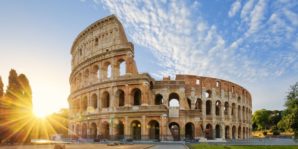
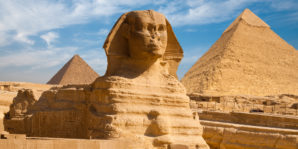
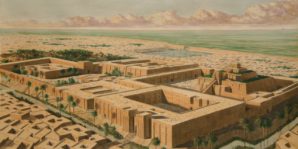
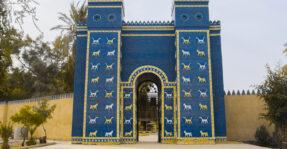
Was this information useful to you?
Yes NoThank you for visiting us :)